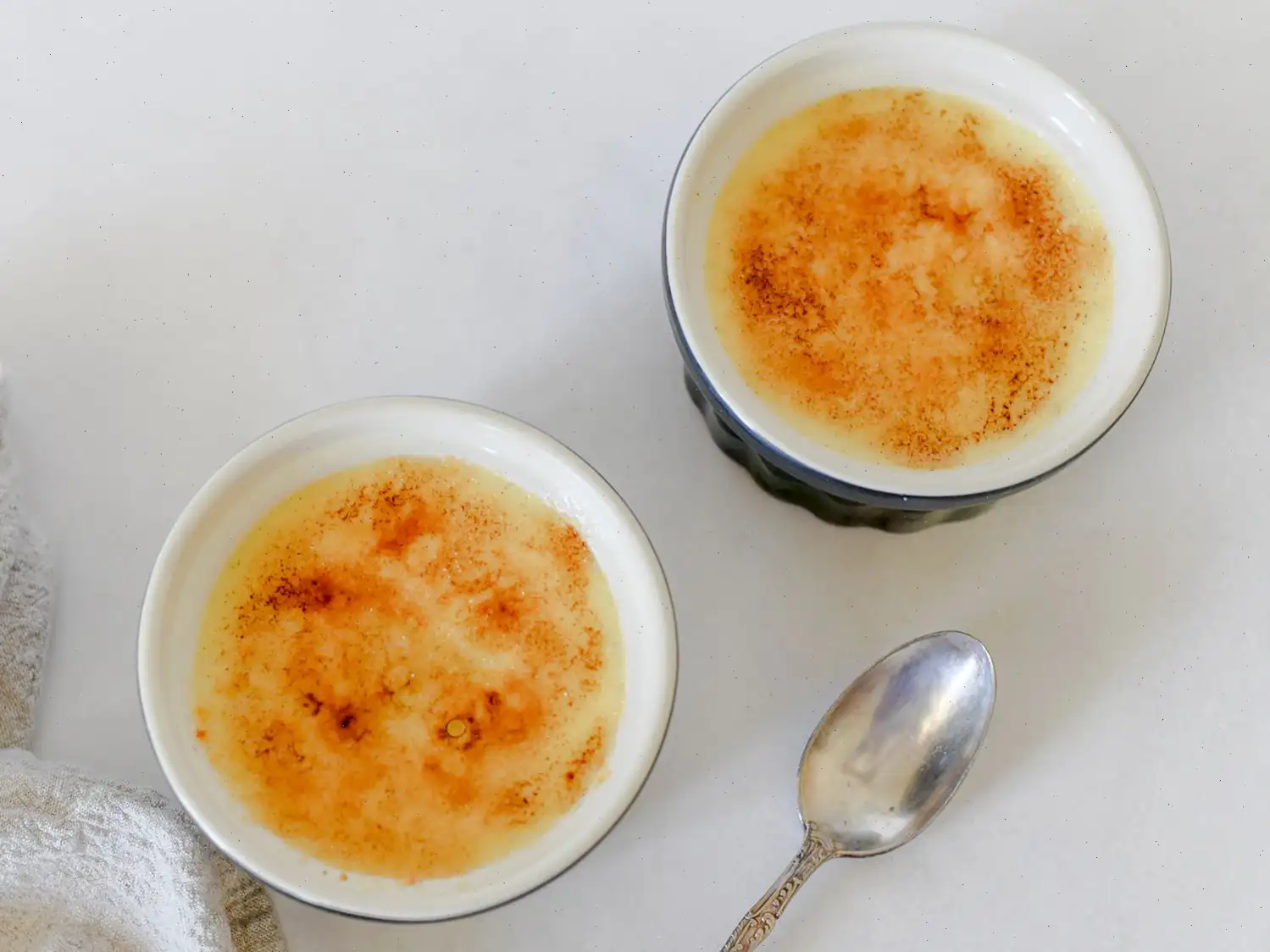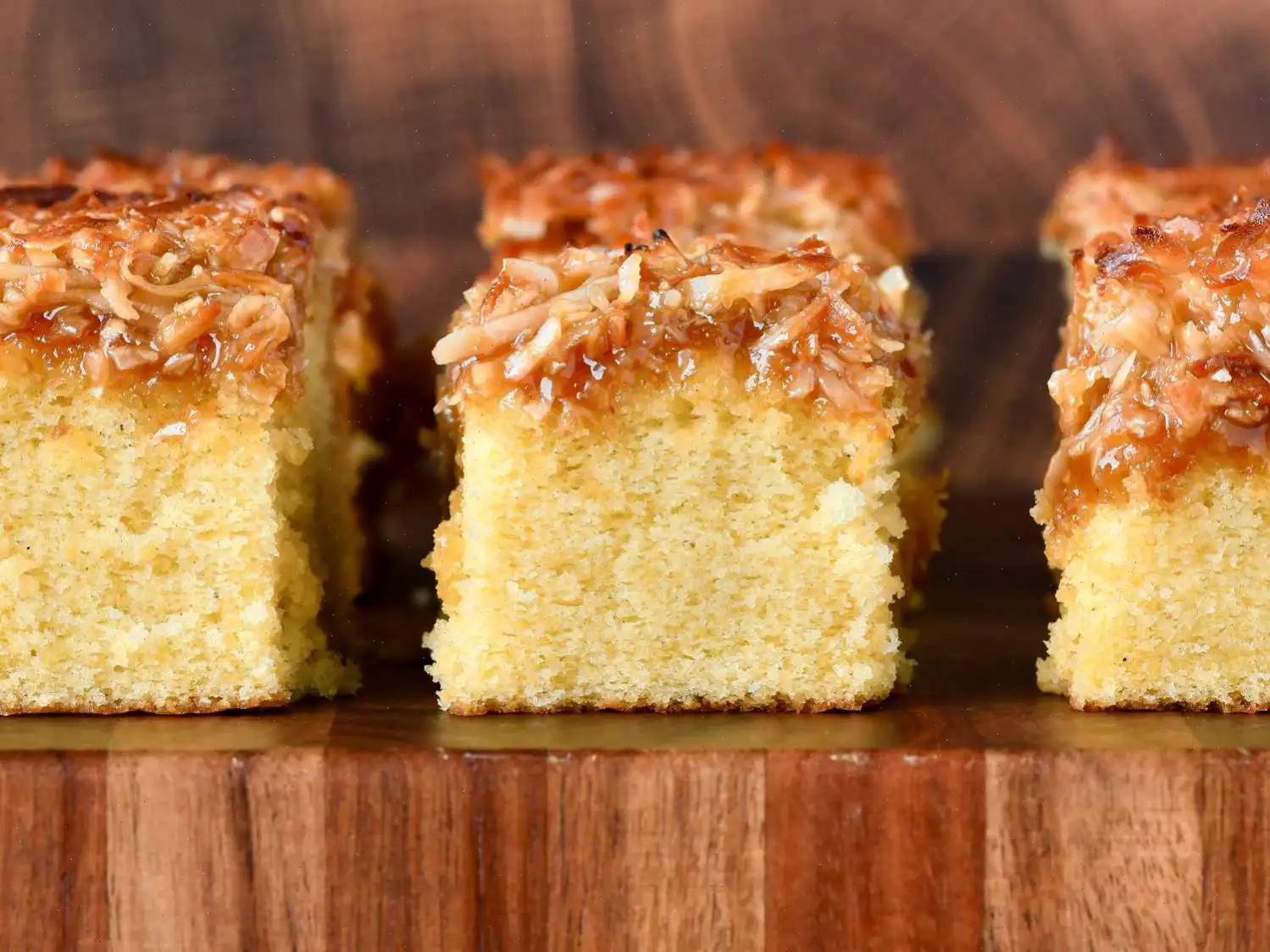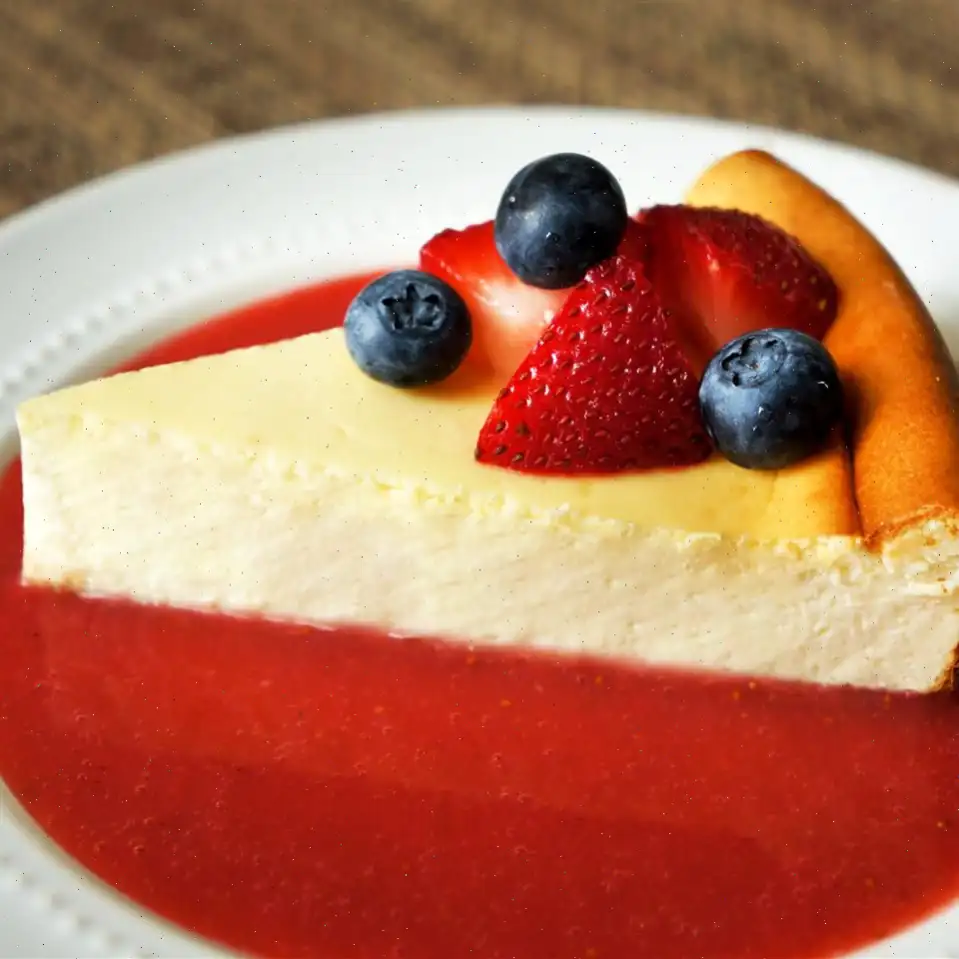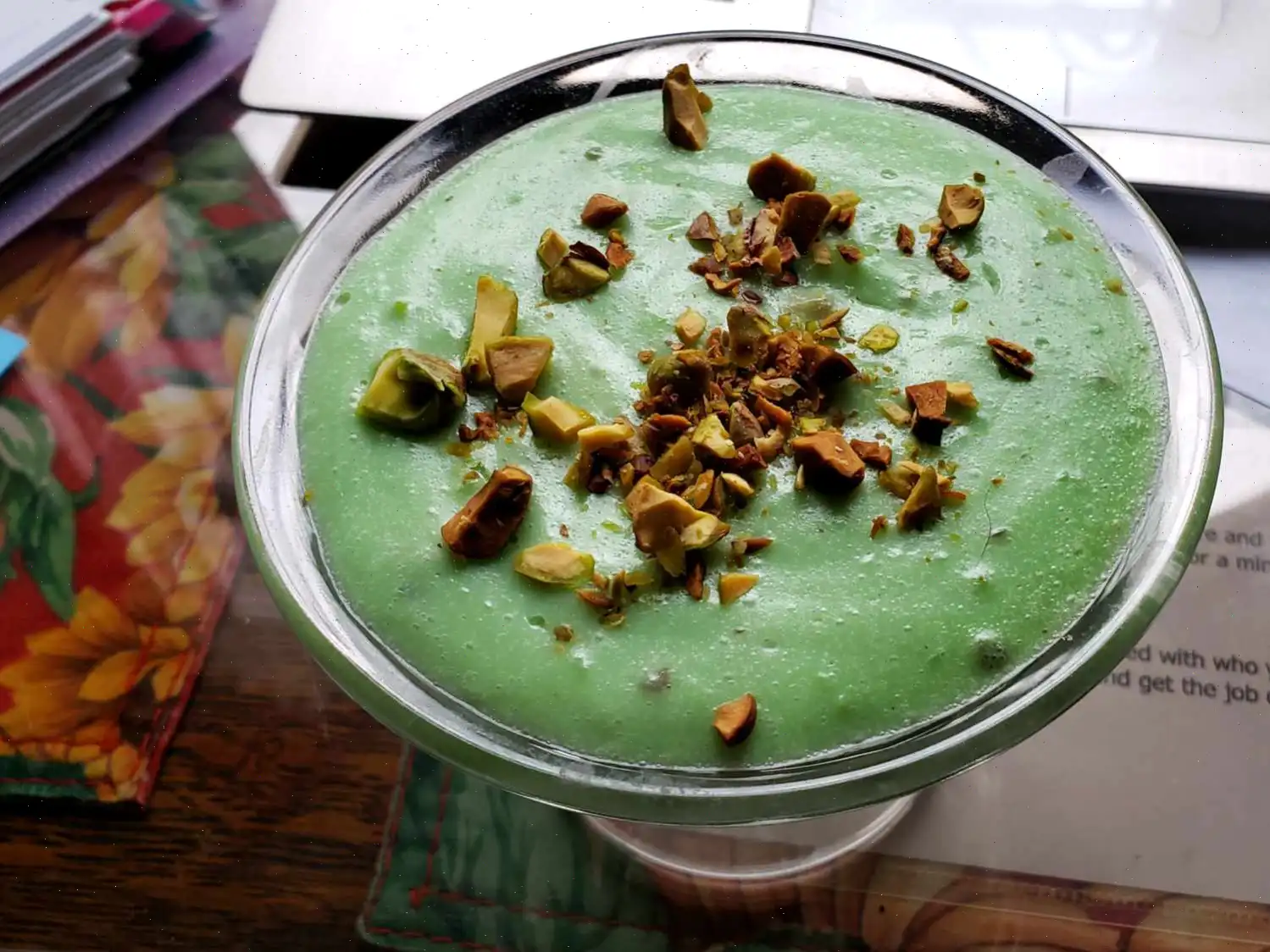
Vanilla Crème Brûlée Recipe
Ingredients
- 3 large egg yolks
- cup superfine sugar
- 1 teaspoon pure vanilla bean paste
- 1 cup heavy whipping cream
- 1 tablespoon superfine sugar (for topping)
Directions
- Place egg yolks in a bowl. Using an electric mixer, beat on high speed until the yolks become thick and light yellow in color, about 5 minutes.
- Gradually add in the cup of superfine sugar and vanilla bean paste while continuing to beat the mixture.
- Pour the heavy cream into the top portion of a double boiler over simmering water. Allow the cream to heat until its just hot to the touch, around 3 minutes.
- Slowly pour half of the warmed cream into the egg mixture, adding it a little at a time while whisking constantly to prevent curdling.
- Transfer the egg and cream mixture back into the remaining cream in the double boiler. Continue to cook over medium heat, stirring constantly, until the custard thickens, approximately 8 to 10 minutes. Make sure the mixture does not come to a boil.
- Once thickened, remove the custard from the heat and pour it into 4 small ramekins. Place the ramekins in the refrigerator and allow the custard to chill for at least 2 hours, or up to 24 hours.
- When ready to serve, sprinkle each crme brle with some of the remaining tablespoon of superfine sugar.
- Using a blowtorch, carefully melt the sugar on top of each crme brle until it crystallizes. If you dont have a blowtorch, you can place the ramekins under a broiler, but be cautious not to burn the sugar.
- Once the sugar has hardened, lightly tap it with the back of a spoon to break it before serving.
Nutrition Facts (per serving)
- Calories: 333
- Fat: 26g (34% Daily Value)
- Saturated Fat: 15g (76% Daily Value)
- Cholesterol: 253mg (84% Daily Value)
- Sodium: 72mg (3% Daily Value)
- Carbohydrates: 18g (6% Daily Value)
- Dietary Fiber: 0g (0% Daily Value)
- Total Sugars: 18g
- Protein: 7g (14% Daily Value)
- Vitamin C: 0mg (0% Daily Value)
- Calcium: 66mg (5% Daily Value)
- Iron: 1mg (5% Daily Value)
- Potassium: 115mg (2% Daily Value)
Crme brle, one of the most iconic French desserts, is an elegant and simple delight made with rich custard and a crispy caramelized sugar crust. While its origins are often debated, crme brle remains a favorite in kitchens around the world, praised for its creamy texture and the satisfying crunch when you break through the golden top.
History of Crme Brle
The history of crme brle dates back to the 17th century, with its roots firmly planted in French culinary tradition. The earliest known recipe for a dish resembling crme brle appeared in Franois Massialot's cookbook in 1691, where it was referred to as "crme anglaise." However, the modern version of the dessert, complete with the characteristic caramelized sugar crust, became popular in the 19th century. Some argue that its true origin may even extend beyond France, with England claiming the dessert as their own under the name "burnt cream." Regardless of its precise beginnings, crme brle became a symbol of French refinement and was featured on the menus of top Parisian restaurants by the 20th century.
Regional Variations
Although crme brle is most often associated with French cuisine, it has inspired variations around the globe. The French version typically uses vanilla bean paste to infuse the custard with a rich flavor, but in some regions, like the Basque Country, the dessert is made with a touch of orange zest or cinnamon. In Britain, the dessert is sometimes called "trinity cream" and may feature a hint of caramelized rum. In some parts of the United States, crme brle can be found with exotic twists, including flavors such as lavender, coffee, or even coconut. These regional variations demonstrate the versatility of crme brle, which can be adapted to local tastes while retaining its creamy foundation.
How Crme Brle Differs from Similar Desserts
Crme brle is often compared to other custard-based desserts such as flan or crme caramel, but there are key differences. While all these desserts are made with eggs, sugar, and cream, crme brle's most distinctive feature is the crispy layer of caramelized sugar that forms a crunchy topping when melted with a blowtorch or under a broiler. This crispy sugar crust contrasts with the smooth, silky custard beneath, offering a delightful textural contrast. Flan and crme caramel, on the other hand, typically feature a soft, jiggly texture without the crispy top and are often served with a liquid caramel sauce rather than crystallized sugar.
Where Crme Brle is Typically Served
Crme brle is most commonly served in fine dining restaurants or at special occasions due to its luxurious feel and refined presentation. It is often presented in individual ramekins, which allows for the perfect balance of custard and caramelized sugar. While it is a popular dessert in French bistros and patisseries, it has become a standard feature on menus around the world, from upscale restaurants to trendy dessert bars. It is also a popular choice for celebratory events such as weddings, birthdays, and holiday dinners, thanks to its elegant appearance and the dramatic flair of cracking the sugar crust with a spoon.
Interesting Facts About Crme Brle
- Crme brle was featured in the movie "The Trip" (2010), where the characters debated the best way to make it, cementing its place in modern popular culture.
- It is often cooked using a bain-marie, a French term meaning "water bath," which helps to evenly cook the custard without overheating it.
- Crme brle is sometimes made with other flavorings, such as chocolate, coffee, or lavender, providing endless creative possibilities for chefs.
- The blowtorch method of caramelizing the sugar is a signature technique of crme brle. Many chefs use a small hand-held torch for precise control, but an oven broiler can be used as a substitute.
- In the UK, the dessert is sometimes known as "Trinity Cream", as it was historically served at Trinity College, Cambridge, where it was reportedly a popular treat among students.
In conclusion, vanilla crme brle is not only a treat for the taste buds but also a delight for the eyes and a symbol of French culinary expertise. Whether you enjoy it in its classic form or with a regional twist, it remains a dessert worth savoring on any occasion. So the next time you crack through that golden sugar crust, remember that you are indulging in a piece of history and tradition, perfected over centuries.








